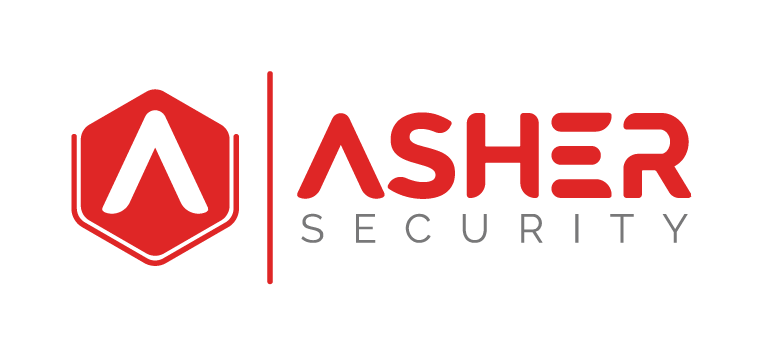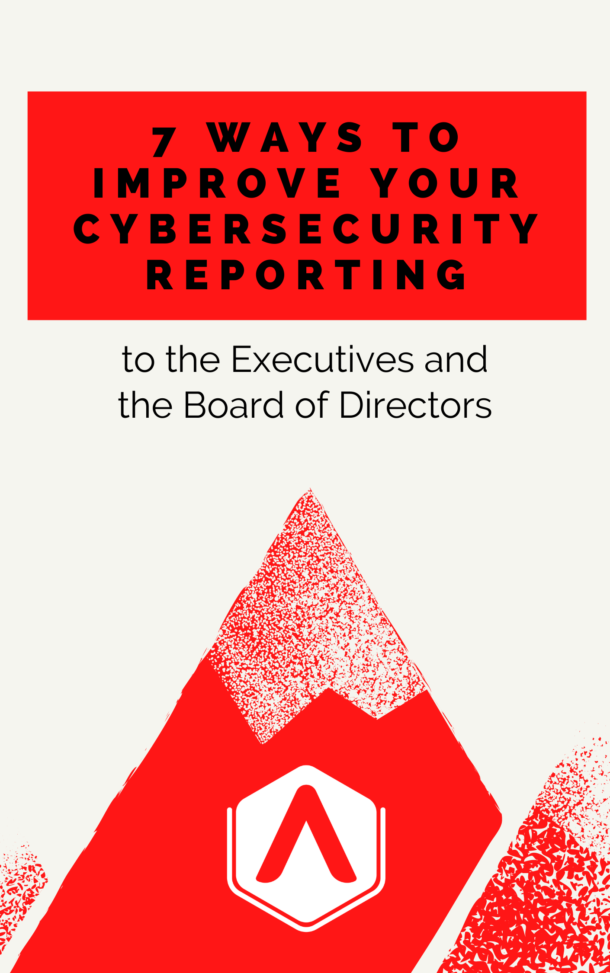Virtual CISO For Healthcare Organisations
Enhancing Security, Compliance, and Patient Trust with ASHER SECURITY
Cybersecurity in Healthcare is more than just technology. It is about building a resilient security program. But to achieve this, a CISO is required, and not all healthcare teams can afford an in-house Chief Information Security Officer (CISO). Asher Security offers virtual CISO services, helps protect patient data, reduces cyber risk, and ensures compliance—all without the cost of a full-time hire.
Introduction
The term “healthcare organization” casts a wide net.
On one end of the spectrum, we have what initially comes to mind as hospitals and clinics. These are complex environments with everything from physical security needs to technology security needs. They’ll have on-prem systems, servers, routers, and switches. They provide wired and wireless access for their hospital and clinic network. They’ll often extend internet availability to their guests.
Additionally, they also house proprietary operational technology (OT) and Internet of Things (IoT) medical devices, such as infusion pumps, monitors, and even robotic systems. These tools are essential to patient care, yet introduce complex cybersecurity risks.
On the other end of the spectrum are agile startups developing healthcare applications, pharmaceutical companies, and specialized software vendors. All of these operate within the healthcare ecosystem and must navigate equally demanding security and compliance challenges.
Regardless of size or structure, healthcare organizations share a common need for strong cybersecurity leadership. According to research, 9 out of 10 organizations in the U.S are prone to cyber-attack risk.
Our Services
Five key areas where Asher Security vCISO services deliver critical value
1. Developing a Tailored Risk Management Strategy
A comprehensive risk management strategy is fundamental to any healthcare organization. A vCISO helps define, assess, and prioritize risks specific to the business, aligning mitigation efforts with the organization’s risk appetite.
Key elements include:
- Maintaining a dynamic risk register
- Implementing a prioritization framework based on likelihood and impact
- Establishing consistent communication protocols to stakeholders (e.g., executive briefings or board presentations)
This structured, ongoing process ensures that cyber risk is not just identified but actively managed and communicated at the leadership level.
2. Securing Healthcare Applications and Systems
vCISOs with healthcare experience bring direct knowledge of proprietary systems like Epic and the unique challenges of integrating these platforms with both on-premise and cloud infrastructure.
We can:
- Identify system vulnerabilities
- Implement tailored security controls
- Leverage niche cybersecurity tools designed to protect medical and administrative platforms
This depth of understanding accelerates deployment and strengthens system defenses.
3. Protecting IoT and OT Architectures
Healthcare organizations rely on a complex ecosystem of IoT and OT devices critical to patient outcomes. A vCISO can architect secure communication paths for these systems, ensuring:
- Network segmentation to prevent lateral movement
- Device-specific risk assessments
- Prioritization based not just on data sensitivity, but on availability, recognizing that the uptime of these systems can be a matter of life or death
Availability often trumps confidentiality in healthcare. A vCISO understands this distinction and adjusts the cybersecurity strategy accordingly, while also addressing HIPAA and other data protection requirements.
4. Leveraging Industry Relationships and Experience
An experienced vCISO brings more than just technical expertise—they come with a trusted network of healthcare vendors and cybersecurity partners. These relationships:
- Accelerate vendor evaluations and implementations
- Enhance threat intelligence sharing
- Shorten time-to-value for security solutions
In high-stakes environments, the ability to act quickly can make all the difference. A vCISO’s past experiences and connections can fast-track security initiatives and avoid costly delays.
5. Ensuring Compliance with Regulatory Frameworks and Privacy Laws
Healthcare organizations face intense regulatory pressure. HIPAA, GDPR, and other privacy laws require precise documentation, reporting, and compliance.
A vCISO ensures:
- Alignment with cybersecurity frameworks like NIST and ISO 27001
- Ongoing HIPAA compliance
- Preparedness for international data protection laws when serving global patient populations
This leadership helps reduce audit risk and positions the organization for long-term regulatory success.
Final Thoughts
From risk management and compliance to system architecture and vendor coordination, vCISO services offer strategic guidance tailored to the distinct demands of healthcare. Whether you’re running a large hospital network or a niche healthcare technology firm, our vCISO services provide the experience and structure needed to protect patients, data, and business operations.

Contact
Get In Touch
Explore our Virtual CISO Services to support your healthcare organization’s security, compliance, and resilience goals.


Recent Comments